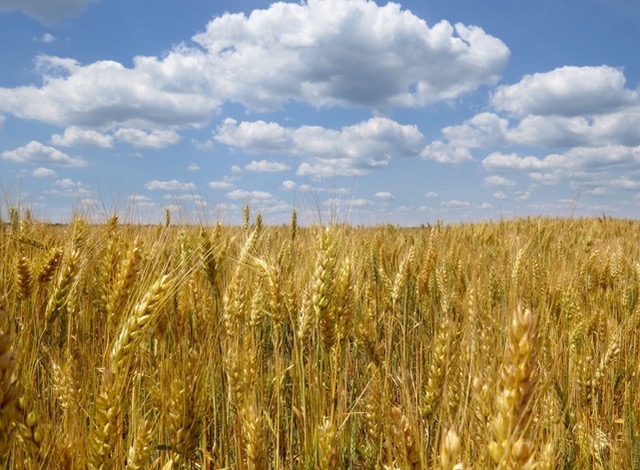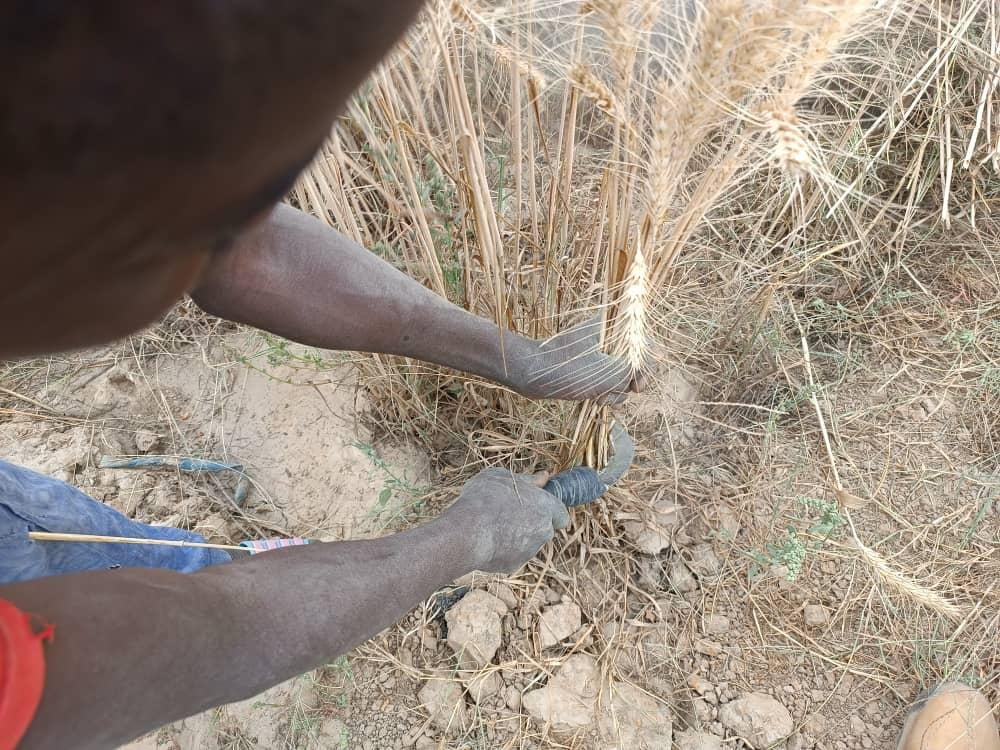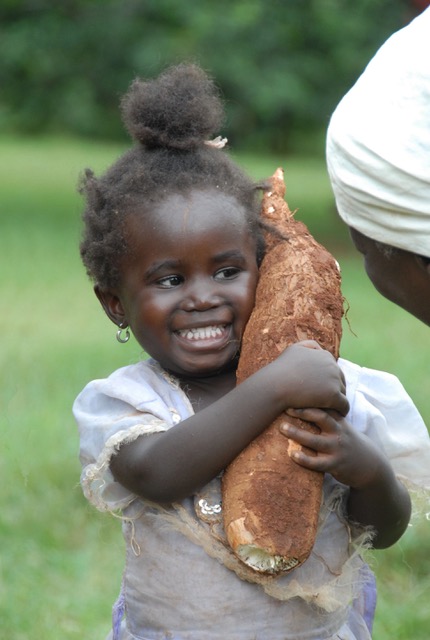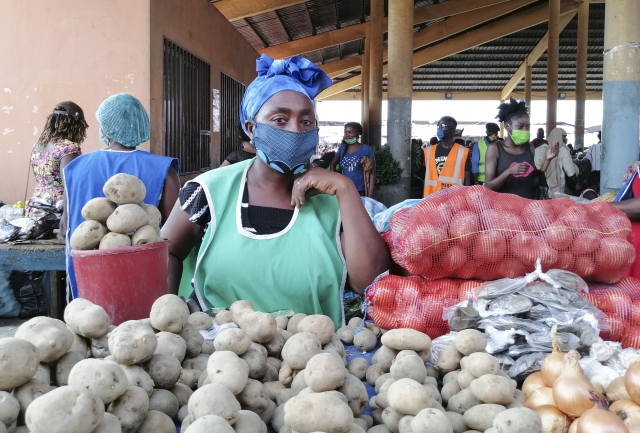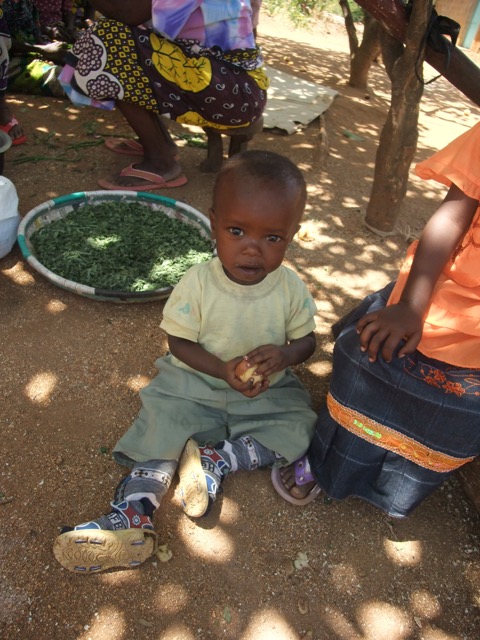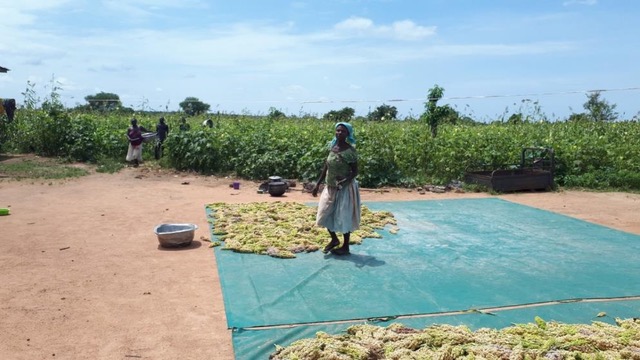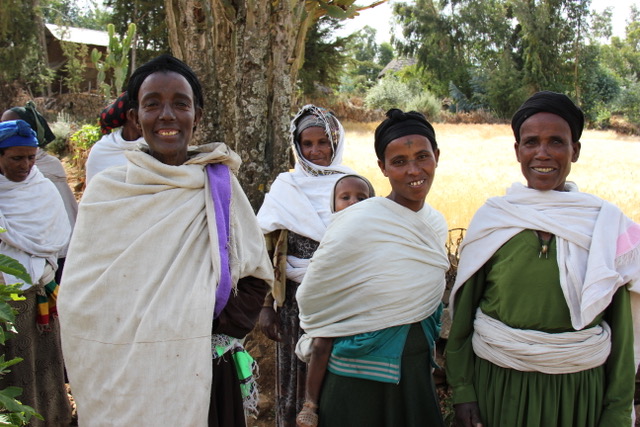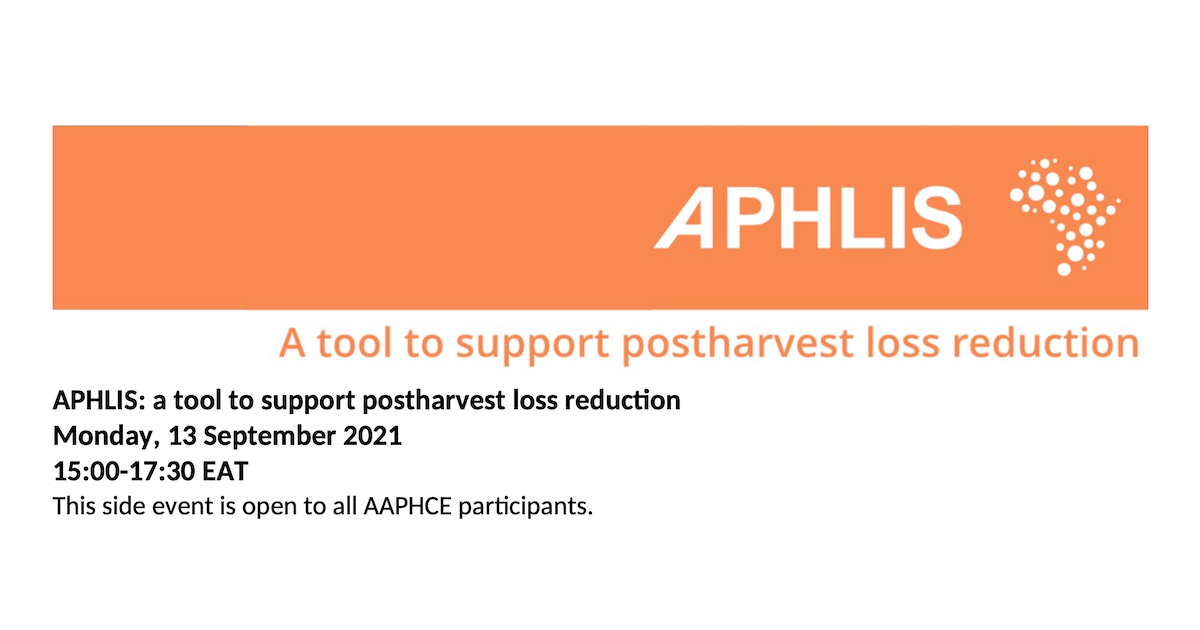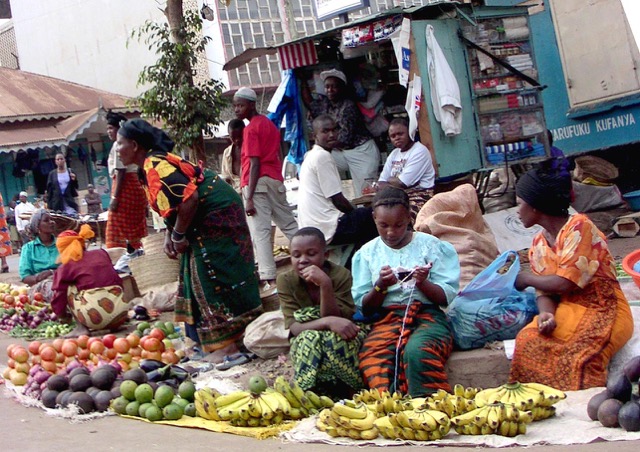Explore the data
Data tables
View loss estimates of all crops for a specific country or region. Compare the losses of different crops within a country. View data for all crops in a given location over time, or across value chain steps for a single year.
Maps
View postharvest losses per crop and per year on an interactive map. Zoom in to the region of your interest and switch between map layers to discover if rain at harvest, presence of large grain borer, or climate classification might be affecting losses.

Help
Watch the video and learn how to use APHLIS to find postharvest loss estimates for sub-Saharan Africa. Find answers to the most asked questions about the data platform and test your knowledge.
